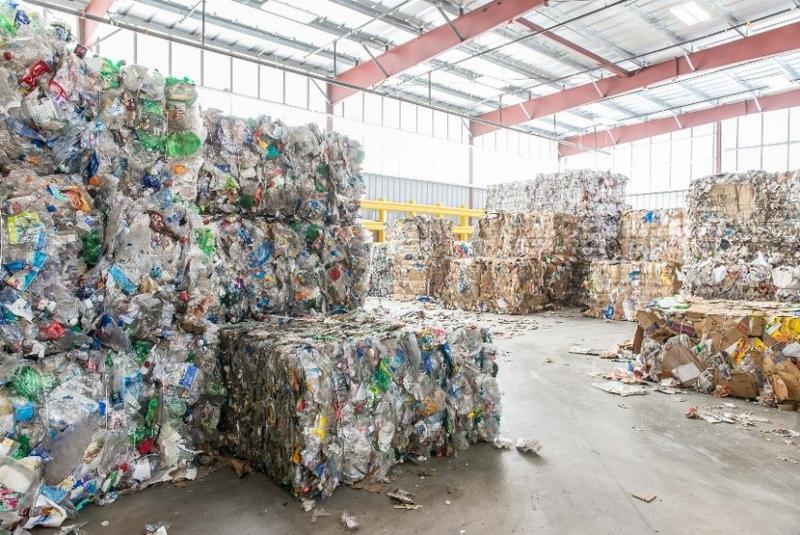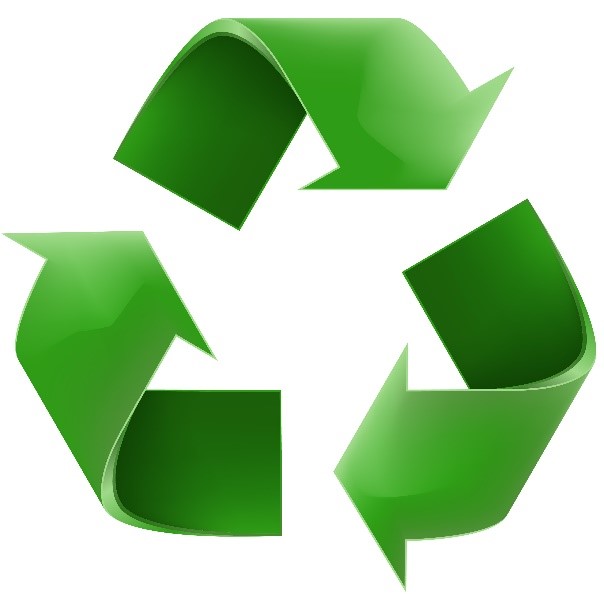The United States Environmental Protection Agency (EPA) recently released a draft National Recycling Strategy. The strategy has been drafted to provide goals and a framework to identify recycling processes and drivers, as well as potential opportunities and challenges facing the recycling system in the United States. The draft strategy progresses the EPA’s 2019 National Framework for Advancing the U.S Recycling System.
Three strategic objectives have been identified in the draft:
- Reduce Contamination
- Increase Processing Efficiency
- Improve Recycling Markets

A reduction in contaminated material positively enables secondary processing facilities and material recovery facilities to produce high-quality clean recycled materials that can be utilized as feedstock for new products and materials. The EPA proposes enhanced education and outreach to communicate contamination reduction. It is anticipated that the strategy will include educational and awareness messaging through community-based social marketing, and leveraging social media, governments and product manufacturers to increase their impact.
Processing efficiency in the United States is burdened by outdated recycling infrastructure. This infrastructure is critical to the productivity and pace at which systems can keep up with a rapidly changing recyclables stream. Advances in efficiency can enable cost reductions in sorting and reduction in residual by-products, which in turn leads to improved product quality and increased production. The EPA plans to complete a national map and needs assessment of existing recycling infrastructure to aid with capacity decision making. They intend to continue to fund research and development of new innovative technologies to improve manufacturing and process efficiencies. Some of these technologies, through the promotion of design guides for recycling, include; identifying and developing recycling metrics; standardized definitions; and improved measurement methods. With more data being collected, the strategy will benefit tracking and measuring recycling progress at a national level.

Recycling markets have been on the decrease both in the United States and worldwide. However, in the United States recycling currently employs approximately 757,000 jobs and $36.6 billion in employee wages. The National Recycling Strategy aims to improve domestic markets for recyclable materials, and to promote better integration of recycling materials into packaging and design. The EPA intends to increase dialogue among private and public recycling programs, manufacturers, and relevant stakeholders with the intention to strengthen markets for recyclables at regional and local levels. This combined with improvements in data collected on volume type and location of materials will increase transparency of materials for governments and industry. As a result, potential sellers and buyers will be better matched.
The EPA is currently evaluating public comments on the draft strategy and intends to issue the final National Recycling Strategy in early 2021. Walden can help your facility prepare for these changes to the National Recycling Strategy. If you need assistance or have any questions regarding waste management, please contact Walden today!
